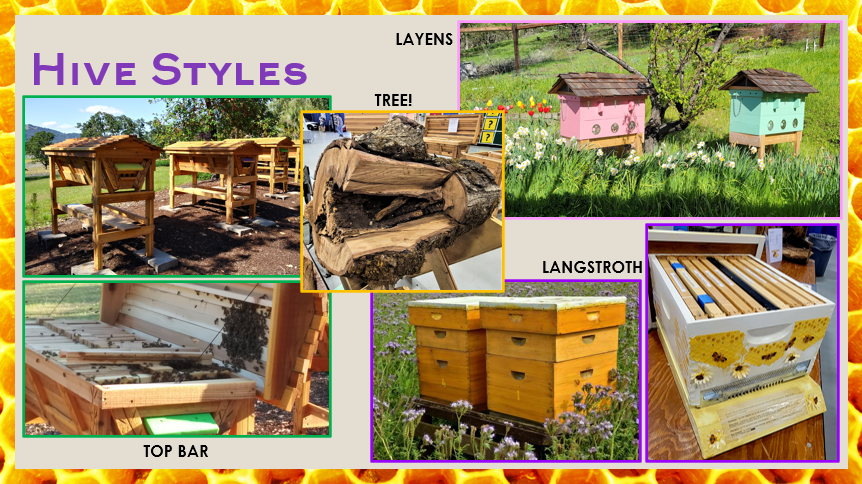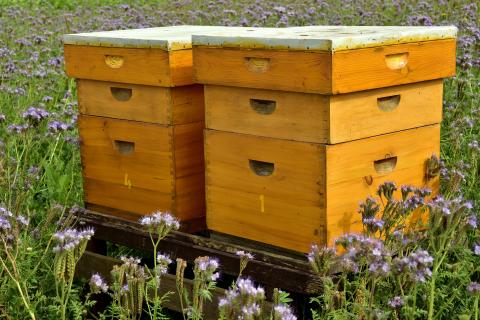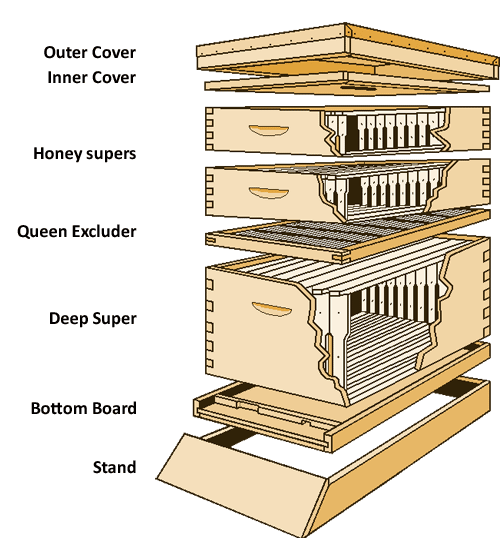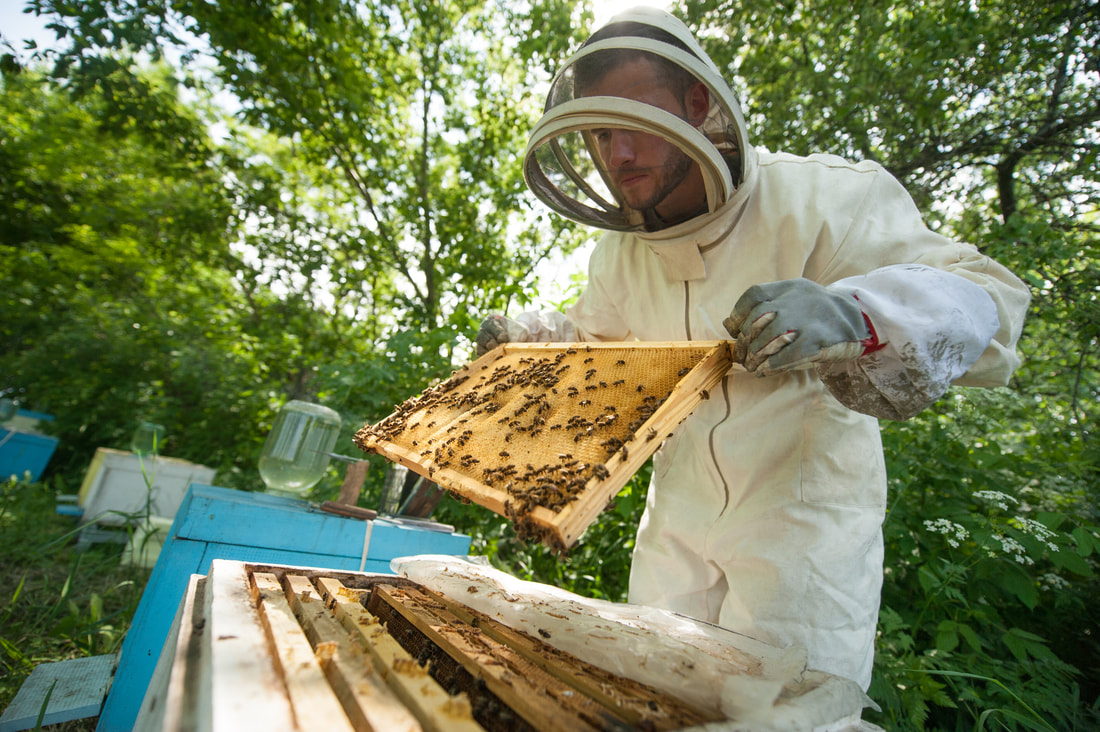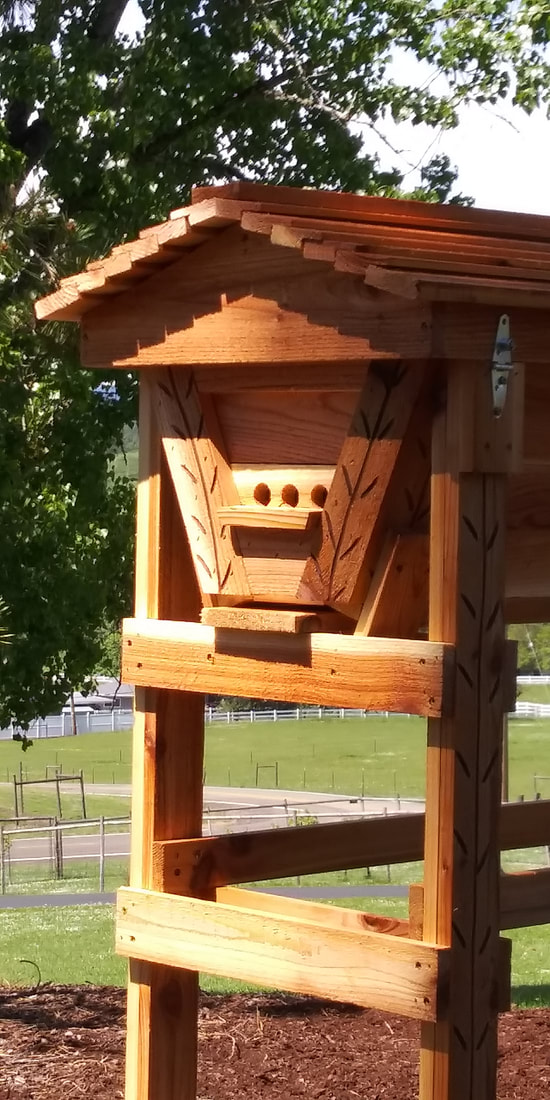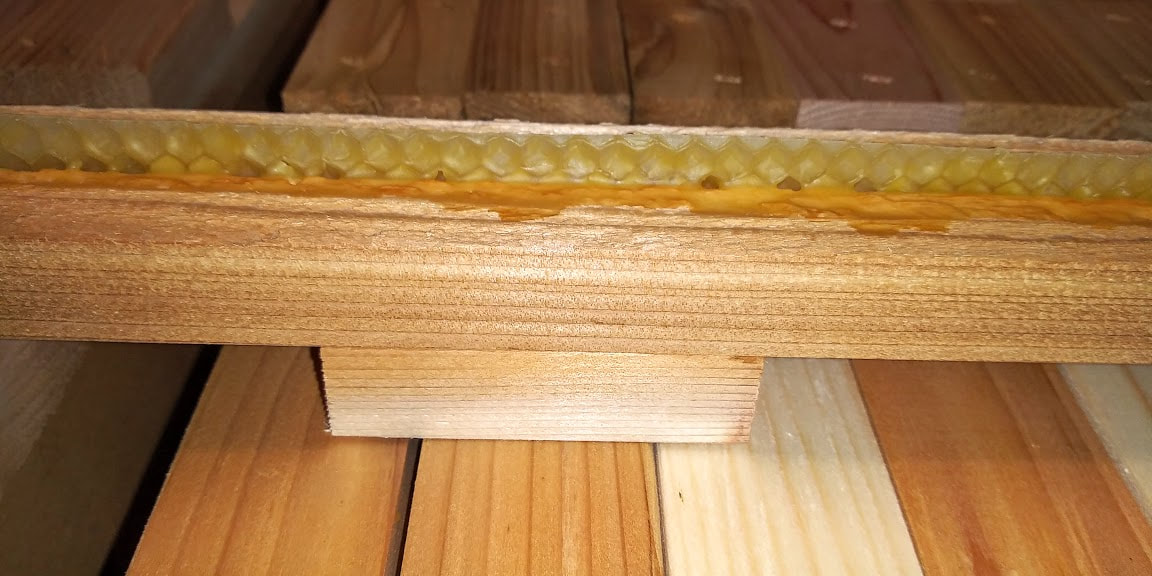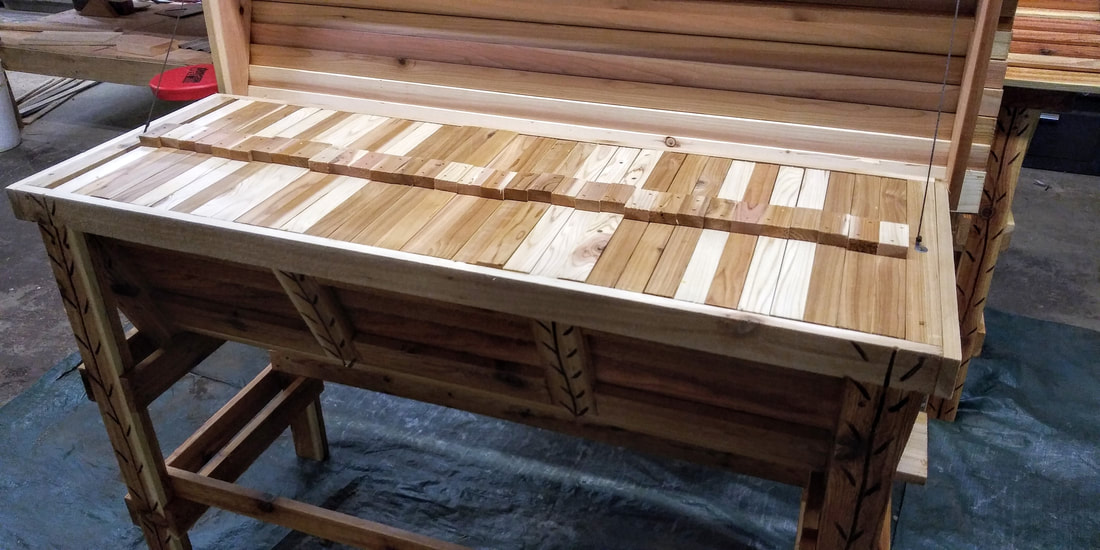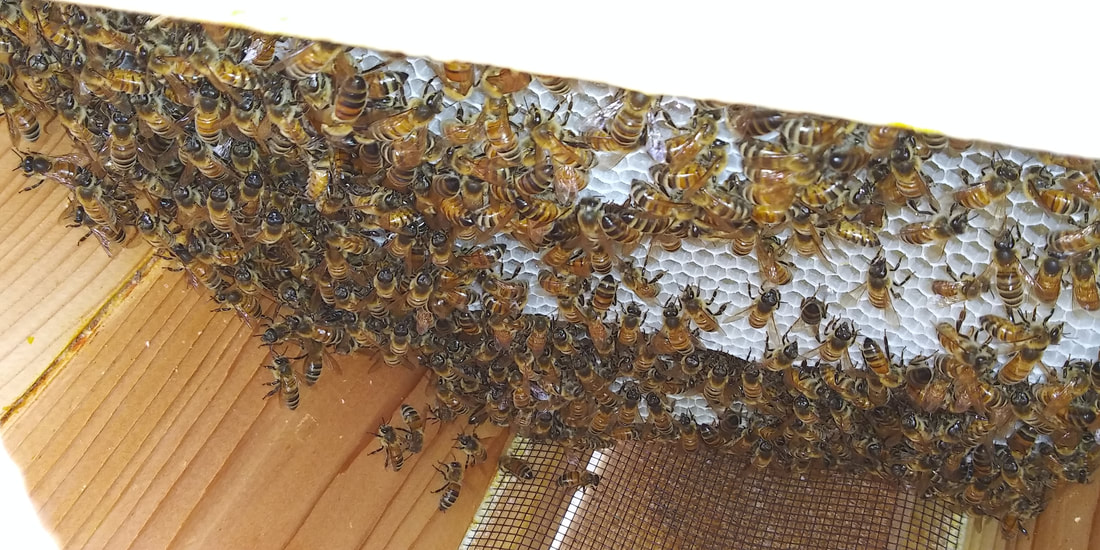(This page is in progress.)
Choosing a Hive
There are many types of beehives beekeepers choose, but these are not the only choices out there! Much of it depends on what you want as a beekeeper, if you want to build your own, buy a complete setup, incorporate your hives into a small shed, or try a flow hive.
Some of these won't have the same extraction options either. Do your research and see our equipment page for more information on how to source hive types.
Some of these won't have the same extraction options either. Do your research and see our equipment page for more information on how to source hive types.
Langstroth Hive
|
The Langstroth Hive is the most popular for a variety of reasons. The standard sizes means that a beekeeper can purchase frames, foundation, nucs, supers, everything practically anywhere.
A staple for commercial beekeepers, since they can add a handful of honey supers on top during the honey flow, but backyard beeks love them too, Warning: when the supers are full of honey, they can be very heavy! |
Features:
|
|
When full supers are heavy:
A shallow 10-frame super ~ 40 lbs. A medium super ~ 40 to 50 lbs. A deep super ~ 70 to 90 lbs. |
Frames usually have foundation for the bees to build their comb on.
Boxes can be one of several different deepth sizes, and can hold 8 frames or 10, but all of the pieces for Langstroth hives are completely standardized, which is a big plus for the beekeeper. |
Top Bar Hive
Layens Hive
Cathedral Top Bar
We have a set of plans if anyone would like to use them to build one of these beautiful hives.
Flow Hive
AZ Hives or Slovenian Beehouses
AZ-hives are the standard format in Slovenia, a country with more beekeepers-per-capita than any other country in the world. We could learn a thing or two for sure.
The AZ-hive is a rear-accessed design based on work that worked simultaneously with the Langstroth design. The design was made for the colder Alpine climate but hasn't quite established itself in the west, primarily due to the craftsmanship and expense required to construct, but that will change.
In contrast to the Langstroth hive, the AZ hive features frames of uniform thickness, and Bee Space is
maintained through the use of metal spacers positioned at the front and rear of each tier, including brood chambers and
honey supers. Deviating from conventional apicultural practices, these frames can be easily removed due to the absence
of direct component contact, ensuring that Bee Space is maintained around all hive elements.
There are many, many more features to the AZ hive to describe here but it should be a
model for all prospective beekeepers to consider.
The AZ-hive is a rear-accessed design based on work that worked simultaneously with the Langstroth design. The design was made for the colder Alpine climate but hasn't quite established itself in the west, primarily due to the craftsmanship and expense required to construct, but that will change.
In contrast to the Langstroth hive, the AZ hive features frames of uniform thickness, and Bee Space is
maintained through the use of metal spacers positioned at the front and rear of each tier, including brood chambers and
honey supers. Deviating from conventional apicultural practices, these frames can be easily removed due to the absence
of direct component contact, ensuring that Bee Space is maintained around all hive elements.
There are many, many more features to the AZ hive to describe here but it should be a
model for all prospective beekeepers to consider.
